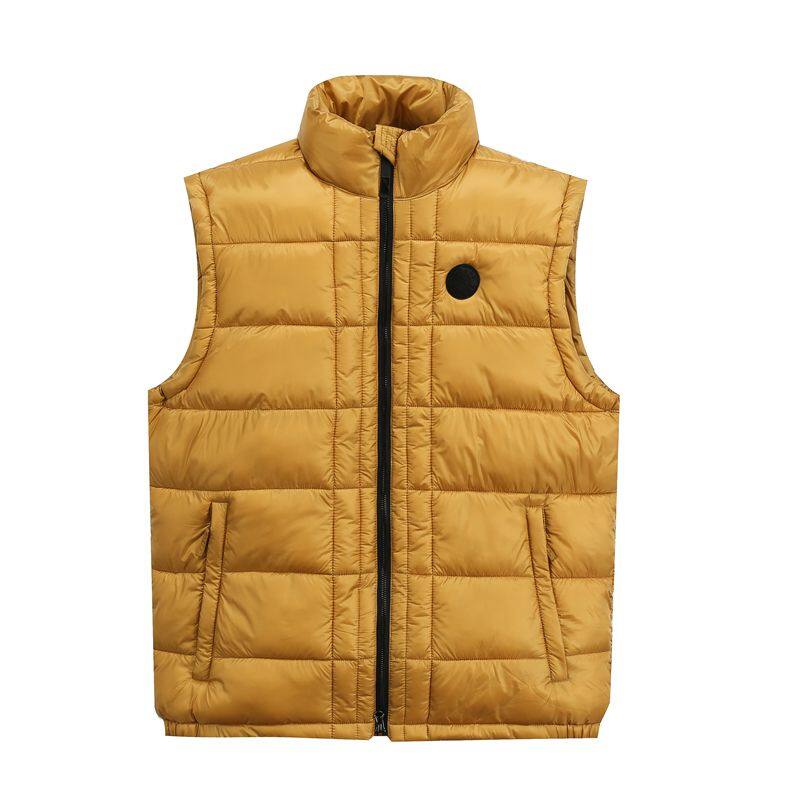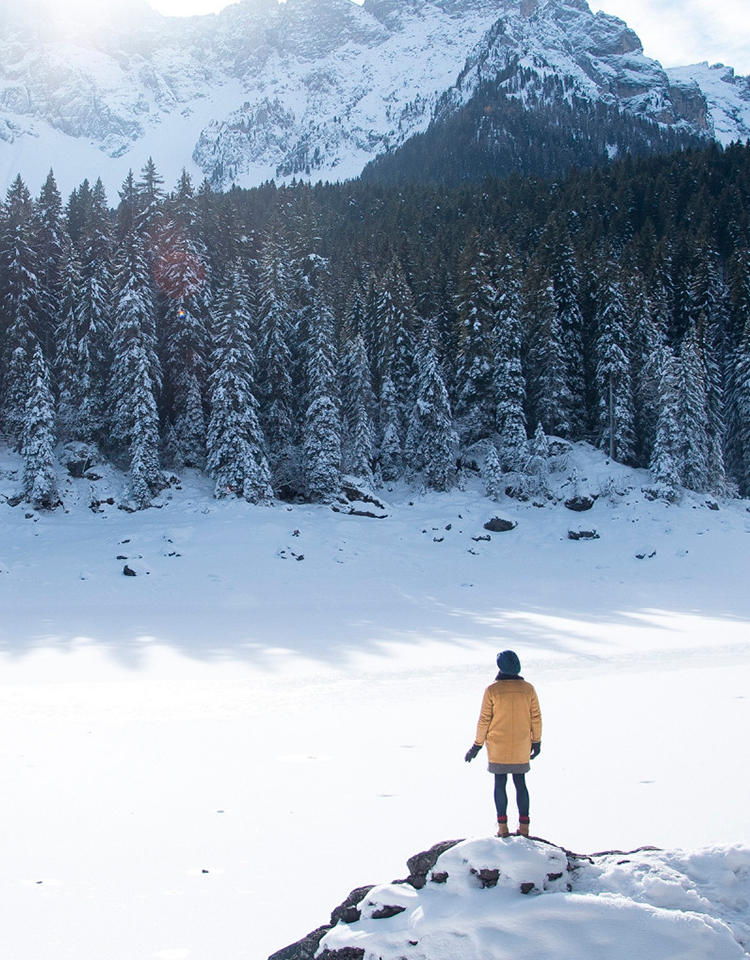Email format error
Email cannot be empty
Email already exists
6-20 characters(letters plus numbers only)
The password is inconsistent
Email format error
Email cannot be empty
Email does not exist
6-20 characters(letters plus numbers only)
The password is inconsistent


Water & Wind Resistant Thermal Vest: The Ultimate Outerwear for Any Adventure
When it comes to outdoor adventures or simply braving harsh weather, choosing the right clothing is essential. One of the most versatile and necessary items in any wardrobe is a water & wind resistant thermal vest. These vests are designed to keep you warm while protecting you from the elements. Whether you're hiking through rugged mountains or simply running errands on a windy day, a high-quality thermal vest can make all the difference. In this blog post, we'll explore everything you need to know about water and wind resistant thermal vests, from their features and benefits to how to choose the right one for your needs.
Why You Need a Water & Wind Resistant Thermal Vest
Outdoor enthusiasts, athletes, and everyday commuters know the importance of staying warm and dry. The thermal vest is a piece of outerwear designed specifically to offer comfort and protection in various weather conditions. These vests not only keep you insulated from the cold, but they also block wind and repel water, ensuring that you remain comfortable in challenging climates.
Key Benefits of Thermal Vests
The following are some of the most critical benefits of investing in a thermal vest:
Temperature Regulation: Thermal vests trap heat close to your body, ensuring you remain warm in cold environments.
Water Resistance: Rain or snow won't easily penetrate the fabric, keeping you dry even in wet conditions.
Wind Resistance: The outer layer blocks strong winds, which can quickly lower your body temperature.
Versatility: Wear a thermal vest as a standalone piece on mild days, or layer it under a jacket for extra warmth.
Lightweight Design: Unlike bulky jackets, thermal vests provide warmth without the extra weight, making them perfect for outdoor activities.
Water Resistance: Stay Dry in Wet Conditions
A key feature is its water-resistant coating. Whether you're hiking in light rain or snow, you’ll want to stay dry to avoid discomfort or even hypothermia in extreme cases. The outer shell of these vests is typically treated with durable water repellent (DWR), a coating that prevents water droplets from seeping into the fabric. This allows moisture to roll off the surface, keeping you dry even in unexpected weather.
Wind Resistance: Protect Yourself from Harsh Winds
Cold winds can make outdoor activities feel unbearable. The thermal vest is designed to block wind from penetrating the fabric. Wind-resistant vests help maintain your body heat by creating a barrier between you and the elements, ensuring that gusts don’t sap your energy or lower your core temperature.
How Thermal Vests Provide Superior Warmth
The magic of a thermal vest lies in its insulation. These vests are typically filled with down or synthetic materials that trap warm air close to your body, effectively regulating your temperature. Some of the best thermal vests use down insulation, which offers an incredible warmth-to-weight ratio, making them lightweight yet exceptionally warm.
Down insulation is sourced from natural feathers, usually from ducks or geese. These feathers are highly effective at retaining heat, which is why down vests are often considered the best option for cold-weather protection. However, some people may prefer synthetic insulation for its durability and performance in wet conditions.
Choosing Between Down and Synthetic Insulation
When selecting a water & wind resistant thermal vest, it’s essential to understand the difference between down and synthetic insulation. Both materials have their pros and cons, and the right choice for you will depend on your specific needs.
Down Insulation: Known for its lightweight and superior warmth, down insulation is excellent for cold and dry environments. However, if down gets wet, it can lose its insulating properties.
Synthetic Insulation: Made from man-made fibers, synthetic insulation retains warmth even when wet. It’s ideal for those who frequently encounter rainy or damp conditions, but it may be slightly bulkier compared to down.
Style and Function: Versatility of the Water & Wind Resistant Thermal Vest
Beyond its technical features, the thermal vest also adds a stylish touch to your outfit. These vests come in various styles, colors, and designs, allowing you to stay fashionable while being protected from the elements. You can easily layer them over a long-sleeve shirt or under a heavier jacket, depending on the weather conditions.
Ideal for a Range of Activities
Whether you're hiking, cycling, skiing, or simply exploring the city on a chilly day, the thermal vest is an ideal companion. Its lightweight nature ensures you can wear it for long periods without feeling weighed down, while its design provides the warmth and protection you need for different activities.
How to Layer for Maximum Comfort
Layering is essential when it comes to staying comfortable outdoors, and the thermal vest is an excellent mid-layer piece. Combine it with moisture-wicking base layers and a waterproof outer shell for ultimate protection from rain and wind. This combination will help you stay dry, warm, and comfortable, no matter how unpredictable the weather gets.
What to Look for in a Water & Wind Resistant Thermal Vest
With so many options on the market, choosing the right thermal vest can be overwhelming. Here are a few factors to consider when making your decision:
Material
The outer shell material of the vest should be both water and wind resistant. Nylon and polyester are popular choices due to their durability and ability to repel moisture. Additionally, the inner lining should be soft and comfortable to prevent irritation against your skin.
Insulation Type
As previously discussed, down and synthetic insulation are the two primary types of insulation used in thermal vests. Both have their advantages, but your choice should be based on the activities you plan to engage in and the weather conditions you expect to encounter.
Fit and Comfort
A thermal vest should fit snugly but not too tightly. It should allow for full mobility while keeping heat close to your body. Many vests come with adjustable hems and armholes, allowing you to customize the fit for maximum comfort.
Durability
Since your thermal vest will likely accompany you on many outdoor adventures, durability is crucial. Look for reinforced seams, high-quality zippers, and materials that can withstand the wear and tear of rugged environments.
Additional Features
Some vests come with extra features such as zippered pockets, adjustable hoods, and reflective details for added safety. Consider what features are important to you based on your lifestyle and intended use.
Conclusion: Invest in a High-Quality Water & Wind Resistant Thermal Vest
A water & wind resistant thermal vest is more than just a piece of clothing—it's an investment in your comfort and safety during outdoor adventures. Whether you're tackling rough terrain, braving cold winds, or simply looking for versatile outerwear, a thermal vest is the perfect solution. Remember to choose a vest that fits your style, insulation needs, and activity level.
For those looking for the ultimate combination of warmth and protection, China best down vest options offer superior insulation without compromising on water and wind resistance. Be sure to explore various brands and features to find the vest that suits your outdoor lifestyle.

